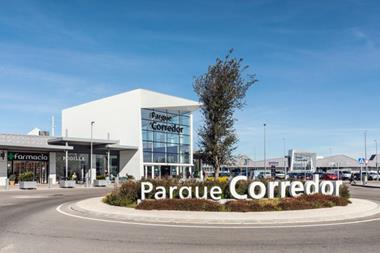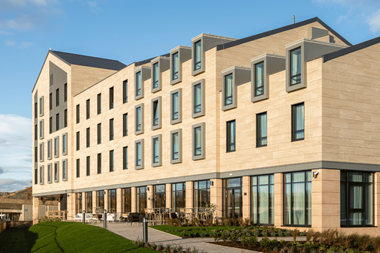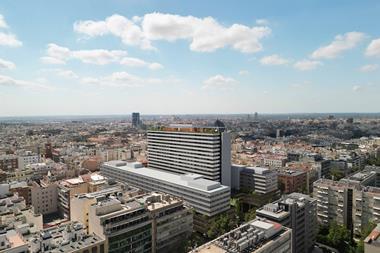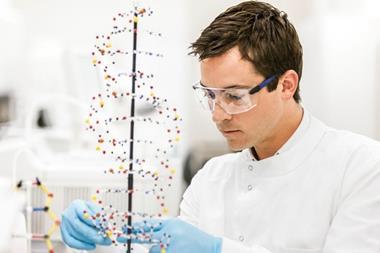The rate of year-on-year decline in the hotel investment market softened in the second quarter to 49% of 2008 liquidity. This compared with a fall of about 80% in Q1 2009.
The rate of year-on-year decline in the hotel investment market softened in the second quarter to 49% of 2008 liquidity. This compared with a fall of about 80% in Q1 2009.
Spain was the most active market in the first half of 2009 with close to EUR 200 mln investment volume transacted and deals mainly outside of the primary city destinations. The UK, historically the market with the highest volume, came second with five deals amounting to approximately EUR 180 mln.
'This market is characterised by wide inconsistencies,' commented Mark Wynne Smith, CEO for Europe, Middle East and Africa at Jones Lang LaSalle Hotels. 'But the common trends with such low levels of activity are that seller motivation and lender flexibility are the two key constituents to success. Motivated buyers do exist and they are pricing within a narrow range so the market will restart when sellers accept the best price that can be secured in today’s market.'
There are two other common themes at the moment, Wynne-Smith said. 'Firstly that conclusions drawn from one transaction will bear limited or no relation to the next deal and secondly that the gap between good and bad is widening.'
Looking at the source of investment in the first half of the year, domestic capital remained the dominant source, representing 44% of the volume transacted. However, this shows a decline in domestic activity compared to Q1 2009 (more than 50%). However, hotel operators are still the dominant buyer group with 36% of the volume transacted in the first half of 2009. 'As hotel operators are the segment that actually need hotels, we expect to see more activity on this front in the next 6 months,' Wynne-Smith said.










